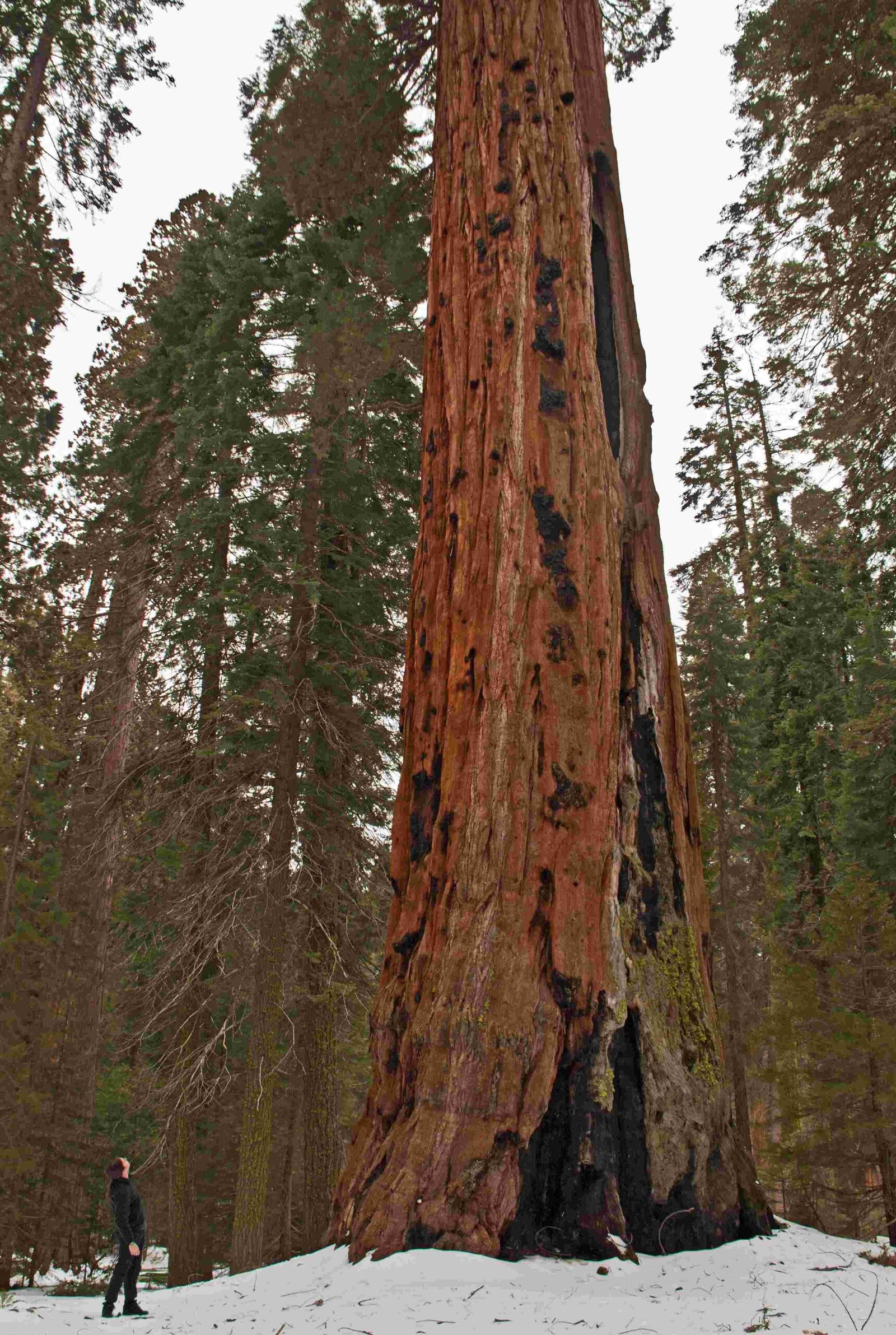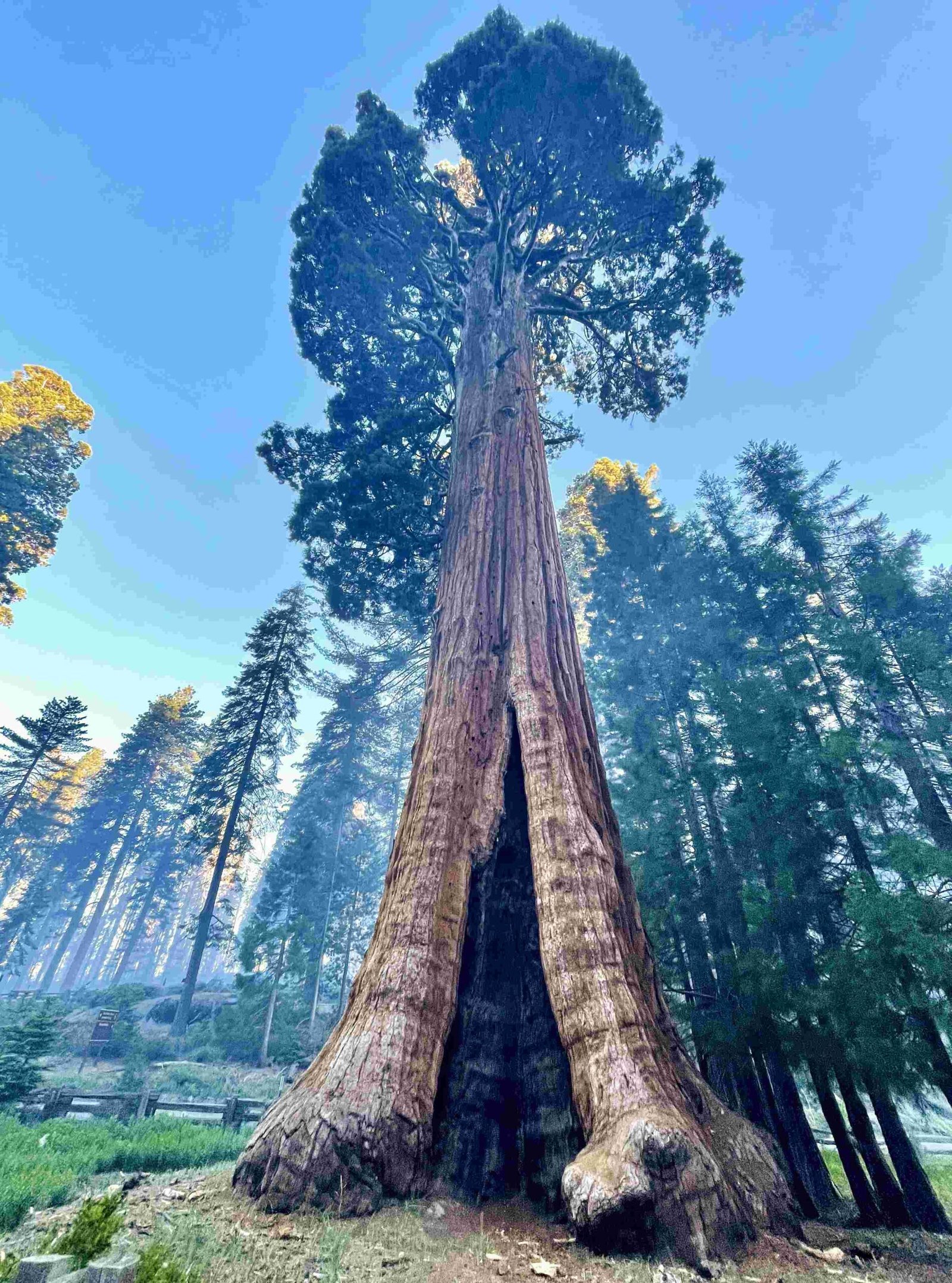Erosion in the montane region of the Sequoia National Park is a complex geological process shaped by both natural forces and human activities. This ongoing phenomenon significantly impacts the park’s ecosystems, landscapes, and visitor experiences. The interplay of geological factors, climatic conditions, and ecological changes contributes to the dynamic nature of erosion in this unique montane environment, presenting challenges for park management and conservation efforts.
What Are the Primary Causes of Erosion in the Montane Region of Sequoia National Park?

The erosion in the montane region of Sequoia National Park is primarily driven by a combination of geological and climatic factors:
- Geological Factors:
- Granitic rock formation from the Cretaceous Period
- Continuous tectonic uplift
-
Steep and unstable terrain
-
Climatic Factors:
- Significant rainfall and snowfall
- Rapid temperature fluctuations
-
Seasonal freeze-thaw cycles
-
Ecological Factors:
- Wildfires and subsequent vegetation loss
- Changes in plant communities due to climate change
- Soil instability in burned areas
The interaction of these factors creates a dynamic environment where erosion is an ongoing process, shaping the landscape of the park over time.
How Does Erosion Impact the Ecosystems in the Montane Region?

Erosion in the montane region of Sequoia National Park has far-reaching impacts on the local ecosystems:
Species Affected
| Species | Impact |
|---|---|
| Giant Sequoias | Root exposure, increased vulnerability to toppling |
| Ponderosa Pines | Soil loss affecting growth and stability |
| Mule Deer | Habitat fragmentation and loss |
| Douglas Squirrels | Reduction in food sources and nesting sites |
| American Black Bears | Alteration of foraging grounds |
Habitat Changes
- Formation of deep canyons and hanging valleys
- Creation of alpine lakes through glacial erosion
- Loss of topsoil in steep areas
- Increased sedimentation in streams and rivers
Ecological Consequences
- Altered fire regimes due to vegetation changes
- Shifts in species composition in eroded areas
- Changes in nutrient cycling and soil fertility
- Modification of microclimates in eroded zones
What Methods Are Used to Prevent Erosion in the Montane Area?
To mitigate the effects of erosion in the montane region of Sequoia National Park, several prevention methods are employed:
- Fire Management:
- Controlled burns to reduce fuel loads
- Creation of fire breaks in strategic locations
-
Rapid response to wildfire incidents
-
Vegetation Management:
- Reforestation of burned areas with native species
- Removal of invasive plants that contribute to soil instability
-
Promotion of diverse plant communities for enhanced soil retention
-
Soil Stabilization Techniques:
- Application of mulch and erosion control blankets
- Installation of check dams in gullies and small streams
-
Use of bioengineering methods like live staking and brush layering
-
Trail and Road Design:
- Implementation of water bars and drainage systems
- Use of switchbacks to reduce slope gradients
- Regular maintenance and repair of eroded sections
How Does Erosion Affect Visitor Accessibility in the Park?
Erosion in the montane region of Sequoia National Park significantly impacts visitor accessibility:
Trail Conditions
- Temporary closures of eroded trails for safety and repair
- Rerouting of paths to avoid severely eroded areas
- Installation of boardwalks or steps in high-traffic, erosion-prone zones
Road Access
- Periodic closures of Generals Highway due to landslides or rockfalls
- Reduced parking availability in areas affected by erosion
- Implementation of shuttle systems to minimize vehicle impact on eroded roads
Visitor Education
- Interpretive signage explaining erosion processes and their impacts
- Ranger-led programs focusing on erosion and conservation efforts
- Development of erosion-themed educational materials for visitors
What Long-term Strategies Are in Place to Address Erosion in the Montane Region?
The National Park Service has implemented several long-term strategies to address erosion in the montane region of Sequoia National Park:
- Climate Change Adaptation:
- Monitoring of climate-induced changes in erosion patterns
- Development of predictive models for future erosion scenarios
-
Implementation of adaptive management strategies based on climate projections
-
Ecosystem Restoration:
- Large-scale reforestation projects in severely eroded areas
- Restoration of natural hydrological systems to reduce erosion
-
Reintroduction of native plant species adapted to local conditions
-
Research and Monitoring:
- Ongoing studies on erosion rates and patterns in the montane region
- Collaboration with universities and research institutions
-
Use of remote sensing and GIS technologies for erosion mapping
-
Sustainable Infrastructure Development:
- Design of erosion-resistant structures for visitor facilities
- Implementation of green infrastructure solutions
- Regular assessment and upgrading of existing infrastructure
By implementing these strategies, park managers aim to mitigate the impacts of erosion while preserving the natural beauty and ecological integrity of the montane region in Sequoia National Park.
How Can Visitors Contribute to Erosion Prevention in the Park?
Visitors to Sequoia National Park can play a crucial role in erosion prevention:
- Stay on Designated Trails:
- Avoid creating new paths or shortcuts
-
Use established trails to minimize soil disturbance
-
Practice Leave No Trace Principles:
- Pack out all trash and waste
-
Avoid removing plants, rocks, or other natural objects
-
Participate in Volunteer Programs:
- Join trail maintenance crews
-
Assist in revegetation projects
-
Report Erosion Issues:
- Notify park staff of severe erosion or trail damage
-
Provide accurate location information for problem areas
-
Educate Others:
- Share knowledge about erosion prevention with fellow visitors
- Encourage responsible park behavior among friends and family
By following these guidelines, visitors can help preserve the montane region of Sequoia National Park for future generations.
References:
1. https://www.nps.gov/seki/learn/nature/geology_overview.htm
2. https://www.fs.usda.gov/Internet/FSE_DOCUMENTS/stelprdb5437178.pdf
3. https://www.nationalparkstraveler.org/2021/10/thousands-hazard-trees-sequoia-national-park-pose-risks
